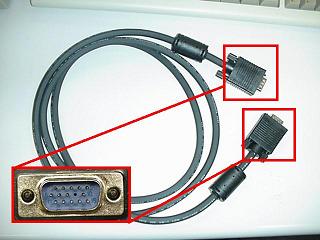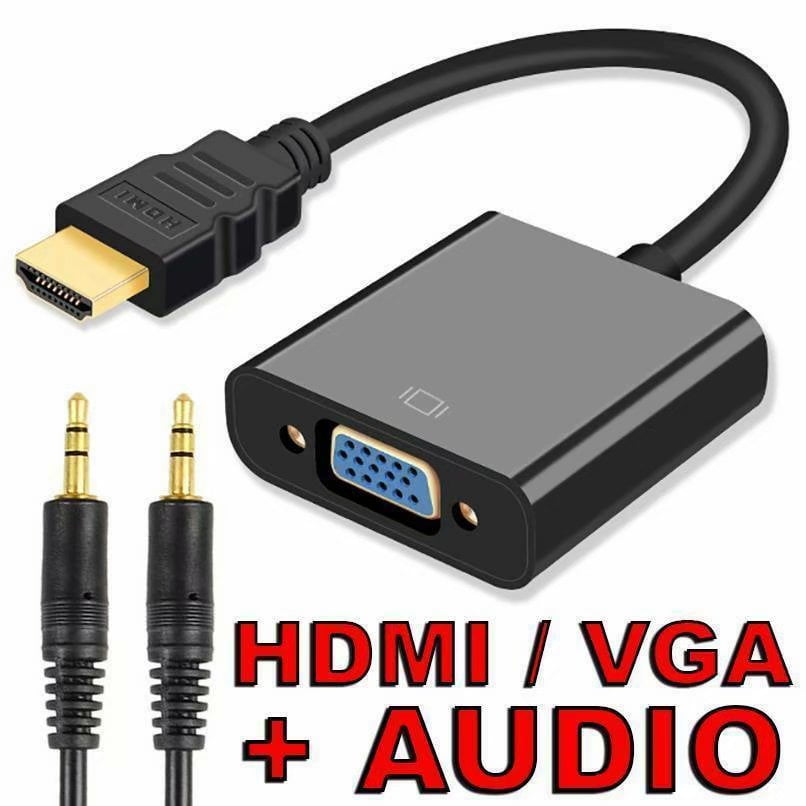

With each latest version of HDMI, new features are added. There are several versions of HDMI standards. HDMI supports the transmission of both video and audio signals on a single cable. The HDMI (High-Definition Multimedia Interface) connector is the most common digital audio/video connector that is available on many computers, monitors, TVs, and projectors. For more information about DisplayPort, see. Using a mini DisplayPort (mDP) connector does not affect the performance or feature support of the connection.

These connectors differ only in their physical shape, the capabilities of DisplayPort are the same regardless of which connector is used. DisplayPort cables and ports may have either a "full-size" connector or a "mini" connector. For example, DisplayPort version 1.2 and above supports Multi-Stream Transport (MST) or daisy-chaining compatible monitors. The DisplayPort connector on the device and the DisplayPort cable are designed with one specific version of DisplayPort standard. With each latest version of DisplayPort, new features are added. There are several versions of DisplayPort standards. The DisplayPort connector is used to transmit digital audio and video signals simultaneously, although each is optional and can be transmitted without the other. NOTE: A USB-C port that does not support DisplayPort or Thunderbolt 3 alternate mode cannot transmit audio or video signals.ĭisplayPort (DP) or mini-DisplayPort (mDP) See the device specifications to identify if the USB-C port on your device supports one of these alternate modes. Device manufacturers can enable alternate modes like DisplayPort, Thunderbolt 3, or HDMI that can transmit both video and audio signals using the same cable. The USB-C connector, also known as USB Type-C, is used to transmit digital audio and video signals simultaneously on a single cable. USB-C (with DisplayPort or Thunderbolt 3) Table 1 - Types of video connectors and cables

See the using adapters or converters section of this article. When the video connector on the back of the computer does not match with the video connector on the monitor or projector, you may need an adapter or converter. To learn more about what video connectors are available, see the User Guide of your Dell projector.

To identify if the Dell all-in-one computer supports a secondary display, see the User Guide of your Dell all-in-one computer. NOTE: Video-out connector to connect a secondary display is not available on all Dell all-in-one computers.


 0 kommentar(er)
0 kommentar(er)
